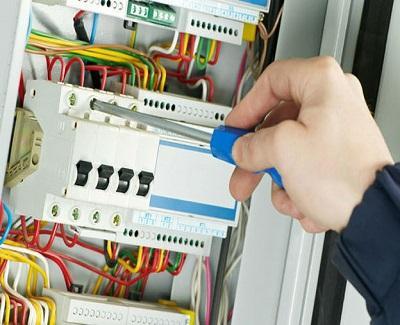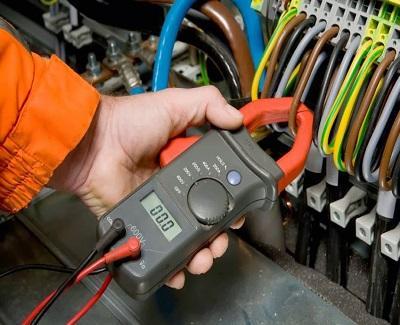Electrical switchboards distribute electrical current from one source of supply to other points around the house. The source of supply feeds electricity to the switchboard, which directs it to other devices. The switchboard consists of various switches, which control the flow of electrical current.
Modern vs. old switchboards
In the old days, you did not have as many devices as you have now. The old switchboard could handle a heater, a dishwasher and a refrigerator, for example, but now, with computers, stereos, microwaves, air conditioning and home theatres, the switchboard cannot tackle such huge current flow. If you want to install solar panels, new metering and new switches should be installed requiring additional space in the meter box.
Modern switchboards have safety switches, which shut down the main power supply as soon as a problem, such as power leakage from a broken wire, or a switch is detected. Outdated switchboards do not have them, so they are more prone to electrical fires. There is a possibility that the meter box is too small in order to install safety switches alone, in which case you need to replace the entire switchboard.

On top of that, older switchboards have rewirable fuses, which tend to catch fire easily. In contrast, modern switchboards have circuit breakers instead of rewirable fuses. Old fuses are made from ceramic posing a threat in the case of the fire. You should decide on a switchboard upgrade immediately if you notice the fuse wire sticking out of the fuse holder. As electricity flows through the wires, the cable insulation can melt, which has potential to catch on fire.
Common indicators telling that you need a new switchboard:
- power tripping – a sure sign too many devices are supplied through the switchboard;
- lights are flickering for no apparent reason;
- the cabling in the switchboard is overheated;
- your home/building was built before 1990;
- when you use two or more devices, a fuse is blowing.
Upgrading the incoming mains
After installing a modern switchboard, it is most likely you will need the new incoming mains, as well. The incoming mains are cables connecting the point of entry to your house to the switchboard. As older houses had less devices, which could be run with approximately 40 amps (the current capacity of the mains), the 6 mm incoming mains were enough. Modern medium-size houses usually have the 10 mm incoming mains (63 amps), while larger houses require the 16 mm incoming mains (80 amps).

Installation of the switchboard
Unless you are familiar and have experience with the installation of electrical switchboards, you should not install them by yourself. If you are not sure whether you need to upgrade it, call a professional electrician to conduct an electrical safety audit. Let them inspect not only your switchboard, but other parts of the electrical system, including the incoming mains, the wiring, smoke detectors, etc. Regular maintenance of the switchboard is recommended.
After electricians install a new switchboard, you should be given their compliance certificate ensuring that the work was done according to government regulations and standards. In this case, an electrician should bring the system to Australian Standard AS3000.
An old and poorly maintained switchboard can pose a serious safety risk. If you have two, or more indicators mentioned above, you should definitely call an electrician to upgrade it.
